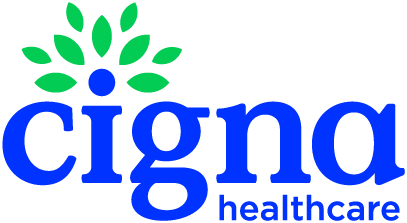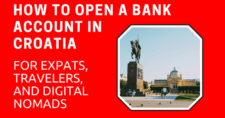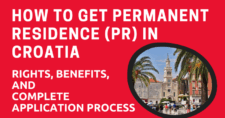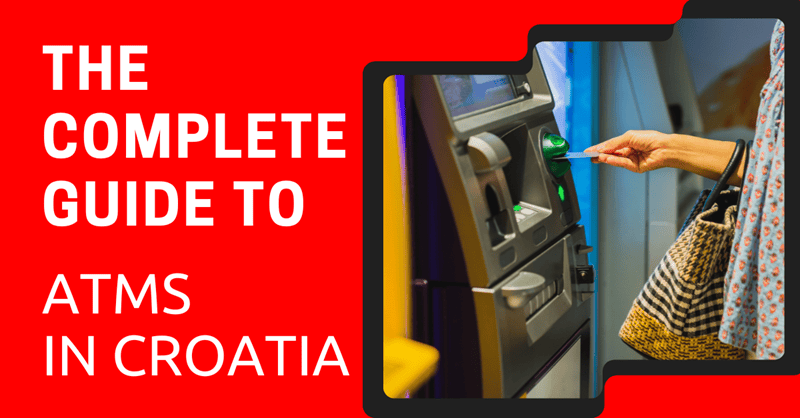
How to withdraw money from ATMs in Croatia, including small tips like which machines are best to use, what the fees are, which cards are accepted, and how to avoid those nasty DCC charges. Get practical advice from personal experience.
Anyone who has traveled abroad knows that “ATMs aren’t the same everywhere” especially in Croatia. Even though they’ve switched to the euro, there are still small details about withdrawing cash that you should know beforehand, otherwise, you might end up paying sky-high European fees without realizing it.
I once had an experience at Zagreb airport. Without a local bank card, I used my Travel Card to withdraw euros to have on hand. The first machine I saw was a bright yellow Euronet with the tempting message “No commission!” Sounds good, right? But when I actually withdrew money, it turned out to be the most expensive withdrawal in my travel history. It was a truly ‘live and learn‘ moment.
After that, I didn’t dare blindly use ATMs again. I sat down to thoroughly research how to use ATMs in Croatia, gathering useful tips to share with everyone, especially those with cards from Thailand or other countries, in this article.
This article will take approximately 15 minutes to read. Don't have the time right now? No worries. Email the ad-free version of the article to yourself and read it later!
Disclaimer: This article may include links to products or services offered by ExpatDen's partners, which give us commissions when you click on them. Although this may influence how they appear in the text, we only recommend solutions that we would use in your situation. Read more in our Advertising Disclosure.
Contents
- Key takeaways
- What Cards Can You Use to Withdraw Cash in Croatia?
- Which ATM to Use in Croatia: Local Banks or Euronet?
- How to Withdraw Money in Croatia (with Tips to Avoid Bad Rates)
- What is DCC (Dynamic Currency Conversion)? Why should you know about it before withdrawing cash from ATMs abroad?
- ATM Withdrawal Fees
- ATM Withdrawal Limits in Croatia
- Where Can You Find ATMs in Croatia?
- What to Do if an ATM in Croatia Swallows Your card?
- If you don't have an ATM card, how can you withdraw cash in Croatia?
- Do Still You Need to Carry Cash in Croatia?
- Extra Tips for Using ATMs in Croatia
Key takeaways
- Most ATMs in Croatia accept major network cards including Visa, Mastercard, American Express, Discover, UnionPay, Maestro, and Cirrus, as well as travel cards from Thailand like YouTrip and SCB Planet, which help reduce currency conversion fees and offer good rates.
- Local bank ATMs (such as ZABA, PBZ, Erste, RBA) are safe with clear fees, whereas private ones like Euronet may advertise “No fee” but secretly charge through exchange rate (DCC), costing you more.
- Steps to withdraw cash and avoid DCC: Insert your card, select English, press “Cash Withdrawal,” enter the amount in euros, and answer “No” or choose “Without Conversion / Local Currency (EUR)” when the ATM asks if you want to be charged in your home currency (THB) to avoid high fees.
- ATM limitations and fees: Most ATMs have a maximum withdrawal per transaction of 700-800 euros, with daily limits depending on your bank and card type. Local bank withdrawal fee is approximately 4.50-5.50 euros, while regular cards might incur an FX fee of 2-2.5% and ATM withdrawal fee of about THB100 per transaction.
- Carry a small amount of cash for small shops, local markets, or some taxis. Avoid ATMs in tourist hotspots, choose cards without a Foreign Transaction Fee, observe the ATM before using it, beware of people around, and check withdrawal limits in advance, including opting to withdraw or pay in euros (EUR).
What Cards Can You Use to Withdraw Cash in Croatia?
No matter where you wander in Croatia, most ATMs support almost all major global networks. So, there’s no need to worry. Visa, Mastercard, American Express, Discover, UnionPay, Maestro, and Cirrus can all be used effortlessly. Credit or debit cards from these networks are convenient for both withdrawing cash and making purchases at shops in Croatia.
In addition to an ATM card, you can use a travel card like Wise or Revolut in Croatia. With these cards, you can withdraw cash and tap to pay without any fees, and they offer better exchange rates than other card types too.
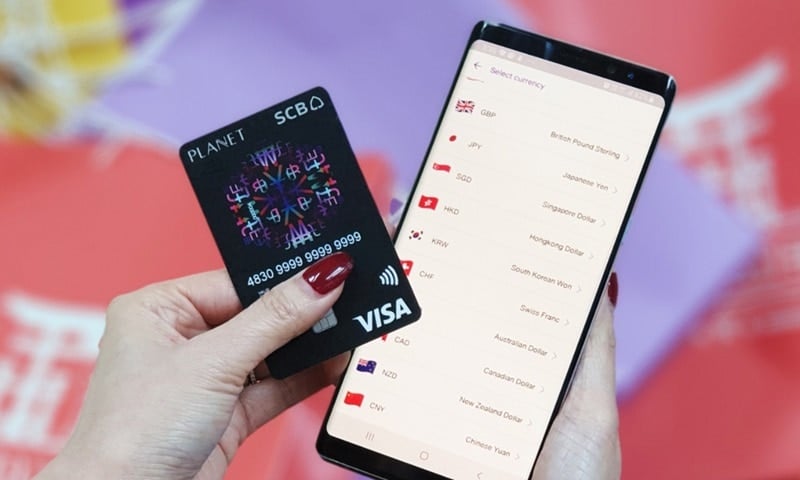
Tip: A travel tip you should never overlook is to always activate “international usage” in advance. Not only for safety and convenience but also to prevent automatic card suspension while transacting abroad.
Once I used my card to make payments on a car rental website, but the bank grew suspicious, so they automatically blocked the card. Luckily, I had my local sim card available at that moment, which allowed me to activate it immediately and receive a call from the bank.
After answering and explaining the situation, I understood that we hadn’t informed them about using the card abroad, and while we were linking the card, some scammers tried hacking withdrawals through 3-4 strange websites, hence the card had to be blocked. This experience taught me to always notify the bank before spending abroad and carrying a backup card is extremely crucial.
Which ATM to Use in Croatia: Local Banks or Euronet?
Friends who have traveled to Europe or Croatia might notice that there are so many different types of ATMs here that it can be quite confusing. So let me warn you, be cautious because if you pick the wrong machine, it could be life-changing! Money could disappear without you realizing it, just like what happened to me! Mostly, ATMs in Croatia are divided into two main types that you need to remember:
Local Bank ATM
Always opt for the safest option first! These ATMs are owned by major financial institutions in the country, like Zagrebačka Banka (ZABA), PBZ, Erste, or RBA. The advantage of these ATMs is that they are much safer, any fees will be clearly shown (if any), and importantly, they usually don’t trick you into using the DCC (Dynamic Currency Conversion) or forcing you to think in “Thai Baht” at a ridiculously high rate.

Private ATMs
You will see these very often, especially in popular tourist spots like Dubrovnik or Split. These ATMs are quite colorful, such as Euronet, Auro Domus, or Monestiq, and attract with bold signs saying “No fee” or “No commission!” It sounds good, but the truth is it’s a trap. Even though they claim no fees, they hit you hard with the “exchange rate” instead, which offers no value at all.
Find out more: Local Banks in Croatia and How to Open a Bank Account
How to Withdraw Money in Croatia (with Tips to Avoid Bad Rates)
- Insert card and select English language
- Enter PIN, always shield your hand
- Select “Cash Withdrawal”
- Enter the amount in Euros (€) you desire
- The most important step, when the screen asks “Would you like to be charged in your home currency (THB)?”, respond with “No” or choose “Without Conversion / Local Currency (EUR)”. If you press “Yes”, the system will use the ATM provider’s rate, which is often more expensive than Thai banks by several baht per euro.
What is DCC (Dynamic Currency Conversion)? Why should you know about it before withdrawing cash from ATMs abroad?
DCC stands for Dynamic Currency Conversion, or a dynamic currency conversion service. Simply put, it’s an option offered by ATMs or point of sale (POS) terminals abroad, allowing you to choose whether to pay in the “local currency,” like euros in Croatia, or in your “home currency,” like Thai baht immediately.
Be cautious when choosing DCC because the exchange rate set by the ATM or merchant is often more expensive than the actual market rate and higher than your card’s bank. Agreeing to use DCC means you’re accepting hidden fees, which can sometimes be as high as 5-10% of the withdrawal amount. Additionally, some ATMs, like Euronet, might advertise “no withdrawal fees,” but in reality, they make a profit from the DCC exchange rate instead.
Tip: The way to avoid DCC is to always choose local currency. When the ATM or card machine screen offers options, select “EUR” (Euro) instead of “THB” (Thai Baht) or choose options like “Withdraw without conversion” or “Decline conversion”. Avoid selecting “Accept conversion” or paying in Thai Baht. This way, your Thai bank will handle the exchange rate calculation, which is usually much cheaper and fairer.
ATM Withdrawal Fees
A friend of mine once made the mistake of using an Euronet ATM in Split after seeing a “No fee” sign and rushed to withdraw cash. But when it came time to pay, the machine offered to convert to “Thai Baht” immediately! In a hurry, and not paying attention, my friend accidentally accepted.
When they saw the final amount, they were almost in tears, as the exchange rate was over 5% different from the real rate. After that experience, my friend never touched an Euronet ATM again. It was an expensive lesson.
Therefore, withdrawing money from local bank ATMs is a much better option, as there’s a fixed fee per transaction of around 4.50-5.50 EUR (approximately 170-210 THB), although some banks like Kent Bank don’t charge any fees but limit withdrawals to about 130 EUR per transaction and ATMs can be somewhat difficult to find in general areas.
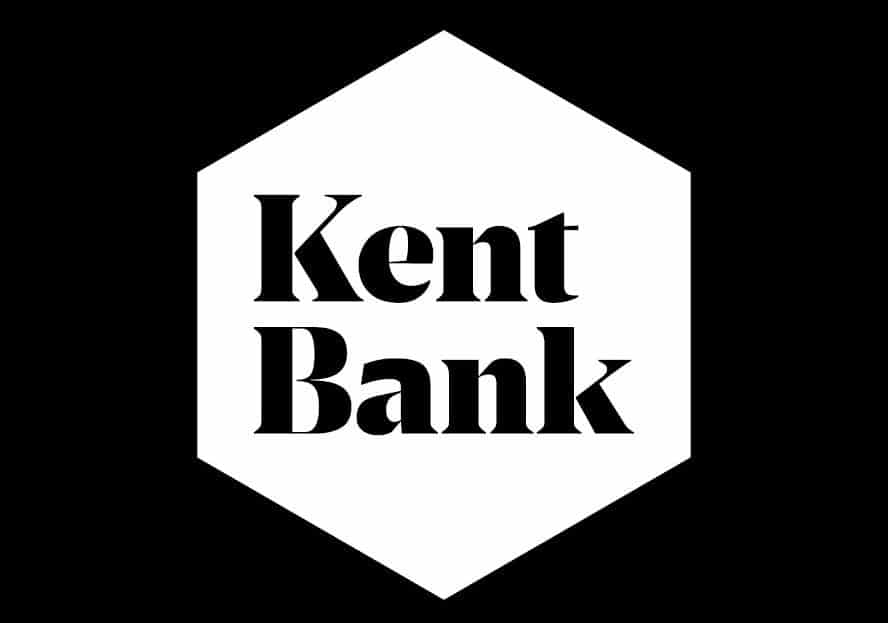
For many travel cards, it won’t incur a 2.5% FX Fee or ATM withdrawal fee (subject to promotional offers). However, regular credit cards may charge 2-2.5% for currency conversion and around 2 euros per ATM withdrawal, plus typical ATM fees around 5 euros. So, choosing the right card and ATM can save you a lot of money.
As for currency conversion fees, I definitely don’t recommend agreeing to them at all. We should refuse currency conversion no matter which ATM asks, especially since Euronet ATMs often have high fees, which can be as much as 12-18%.
ATM Withdrawal Limits in Croatia
Most ATMs in Croatia can dispense up to 700-800 euros per transaction, but some may have lower limits depending on the bank and ATM type. Also, the maximum daily limit depends on the card type and your bank’s policies. Therefore, if you need to withdraw a large sum, you might have to do multiple transactions or plan ahead to ensure you can withdraw the total amount you need.
Where Can You Find ATMs in Croatia?
In Croatia, you can find ATMs in various places, especially in major cities and main tourist areas. Most ATMs are located along main roads and in town squares. Additionally, they can be found inside or in front of bank branches, or in other places such as
- major airports like Zagreb Airport,
- train stations,
- main bus stations,
- shopping malls,
- large supermarkets,
- tourist areas along the Adriatic coast,
- and on various islands, it’s not hard to find ATMs.

What to Do if an ATM in Croatia Swallows Your card?
I’ve never experienced this firsthand, but if an emergency occurs, like the ATM swallowing your card or losing it, the solution depends on the type of ATM. If it’s a bank ATM, contact the staff immediately using the number displayed on the ATM or return during business hours.
But if it’s a private ATM like Euronet, you can call the Call Center using the number displayed on the ATM, but honestly, the chances of getting your card back are slim. The best thing is to immediately report your card as lost to the issuing bank and enjoy your trip instead.
If you don’t have an ATM card, how can you withdraw cash in Croatia?
In Croatia, using contactless payments with a smartphone is convenient. But if you’re using Wise, AppleWallet, and Revolut cards, you can also withdraw cash from ATMs. This is a handy option for travelers who need to withdraw cash abroad, as it often offers better exchange rates than conventional banks. However, there are fees and limitations as follows:
- Wise users can withdraw for free twice a month, with a total not exceeding 200 euros. After that, there’s a 0.5 euro fee per transaction. If you withdraw more than 200 euros per month, a 1.75% fee will be applied to the excess amount.
- Revolut charges a 2% fee per withdrawal, but users can still withdraw for free within their monthly package limit. For example, the Standard package allows 5 free withdrawals or a total amount not exceeding 230 euros.
Do Still You Need to Carry Cash in Croatia?
It’s not necessary to rely entirely on cash in Croatia, but carrying some cash can be more convenient and cost-effective. In coastal restaurants or tourist areas, some shops might ask, “Can you pay in cash?” Paying in cash might get you a slight discount, as shops won’t incur credit card fees. Additionally, on islands, beaches, fresh markets, and street stalls, many prefer cash over cards.
In large cities and major tourist attractions, restaurants, hotels, supermarkets, museums, and major tour companies mostly accept credit or debit cards, especially Visa and Mastercard. This makes it easy to use your card as the primary payment method during your travels. Therefore, my method is to pay by card when accepted, but also keep a little cash on hand for emergencies or places that don’t accept cards.
Extra Tips for Using ATMs in Croatia
Apart from the fees and recommended ATMs, there are many other small tips that I’ve picked up through trial and error over various trips as follows:
- Avoid ATMs in crowded tourist areas like airports, hotels, or streets in old towns like Split, as they often charge higher fees than usual.
- It’s recommended to plan your cash withdrawals to cover an entire period, reducing multiple transaction fees. However, don’t forget to consider the safety of carrying large amounts of cash.
- While most shops accept cards, small stores, fresh markets, or some taxis might only take cash. Having cash on hand will make things more convenient and safer.
- Choosing a card with no foreign transaction fees or one that refunds ATM fees can save you a lot of money.
- Before inserting your card, check for any unusual devices around the card slot and cover your hand when entering your PIN to prevent data theft.
- Be cautious of people around you when conducting transactions. If you feel unsafe, cancel and find another ATM.
- If planning to withdraw a large amount of money, contact your card’s bank in advance to check your daily or monthly withdrawal limits.
- Since 2023, Croatia has adopted the Euro (EUR) instead of the Kuna (HRK), so always choose to withdraw or pay in Euros.
